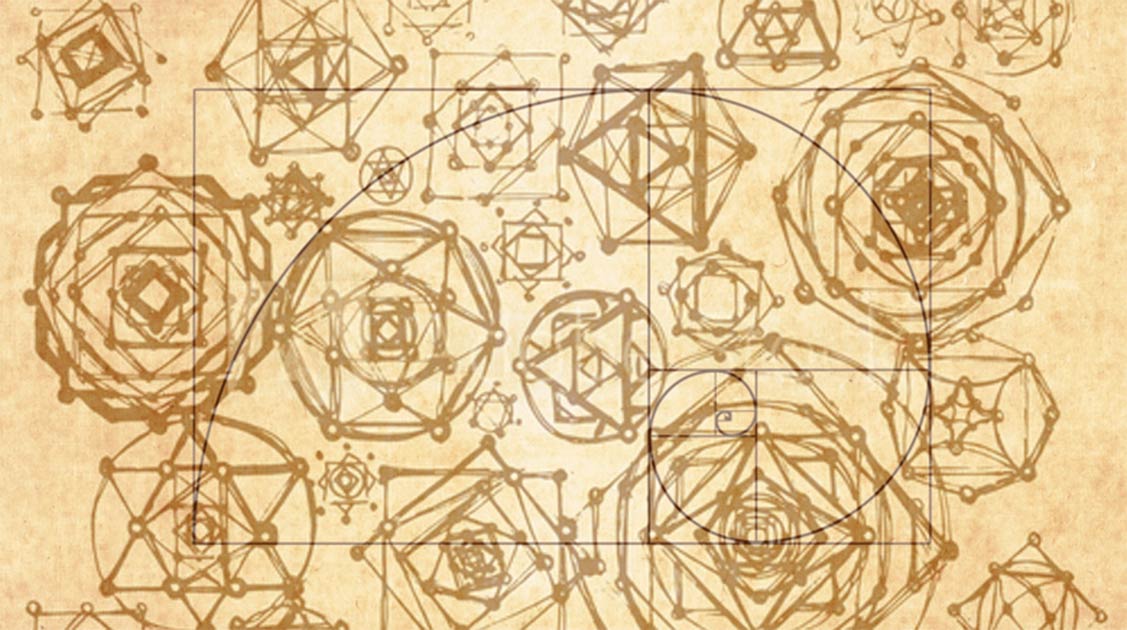#geometry #secrets #universe #academic #sacred #intuitive # Pythagoras #Fibonacci
“The Cambridge English Dictionary defines geometry as “the area of mathematics relating to the study of space and the relationships between points, lines, curves, and surfaces”” — Paul Ebeling
This definition fits with the academic study of geometry, which is based on rationalism. It has been argued that there is an opposite but complementary side to this field of study. According to this view, geometry has an intuitive side to it, and that certain geometrical shapes and proportion contain sacred meaning.
Pythagorean Theorem: The World’s Most Beautiful Mathematical Equation
Today, Pythagoras is best-known for the Pythagorean Theorem, which states that “the sum of the squares on the legs of a right triangle is equal to the square on the hypotenuse the side opposite the right angle.”
The Pythagoreans were not the only ones interested in triangles. For instance, triangular windows are a common sight on Christian churches. In this context the triangle is taken to represent the Holy Trinity. As another example, triangles also possess symbolic value in the New Age movement. An upward-pointing triangle, for instance, may represent male energy, and the ascent into the spiritual realm, whereas a down-pointing one female energy, and the descent into the physical world. A combination of these 2 triangles, which creates a hexagram, may be interpreted as the achievement of harmony.
Sacred geometry also involves geometric proportions. One of the best-known of these is the Golden ratio, which is known by many other names, including phi, the divine proportion, and the golden mean.
The golden ratio may be defined as follows: “the ratio of a line segment cut into two pieces of different lengths such that the ratio of the whole segment to that of the longer segment is equal to the ratio of the longer segment to the shorter segment.”
The ancient Greeks found that the golden ratio provided “the most aesthetically pleasing proportion of sides of a rectangle,” and applied it in their architecture.
An example is the growth of the nautilus shell, in which it is claimed that the golden ratio can be seen. It has been pointed out that the shell grows in a “spiral that turns by a constant angle along its entire length”, and that a constant angle does not equal to the golden ratio.
To conclude: sacred geometry has been an important means of explaining the world around us. Sacred geometry has been employed by various cultures throughout history, and continues to be applied in the modern era.
Supporters of sacred geometry believe that this branch of mathematics holds the Key to unlocking the secrets of the universe. Conversely, critics have argued that the data may be tailored to fit the theories. In other words, it is possible for proponents of sacred geometry to apply their beliefs onto anything. Some analysts, I am 1 of them, use Fibonacci in its application.
Have a happy, prosperous weekend, Keep the Faith!









